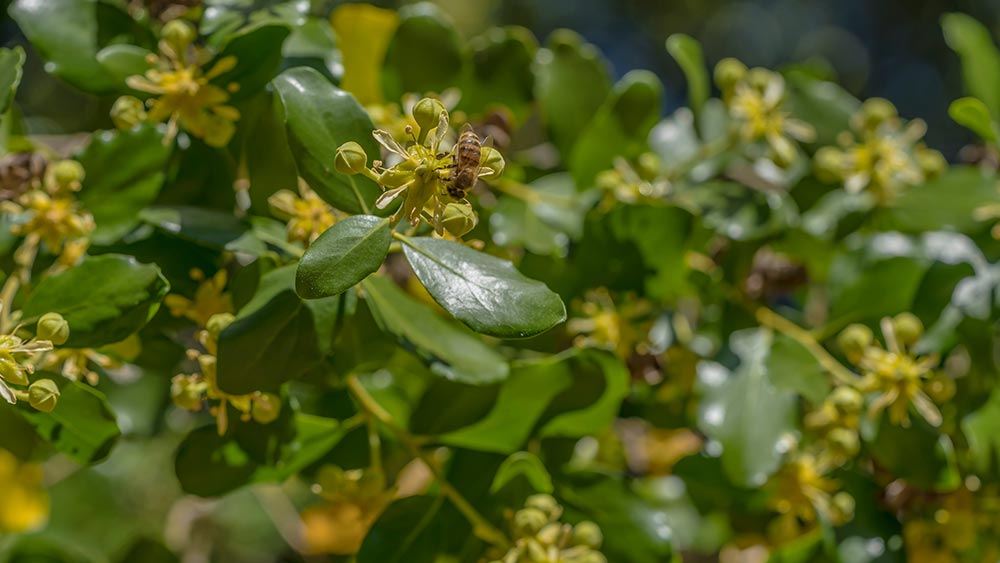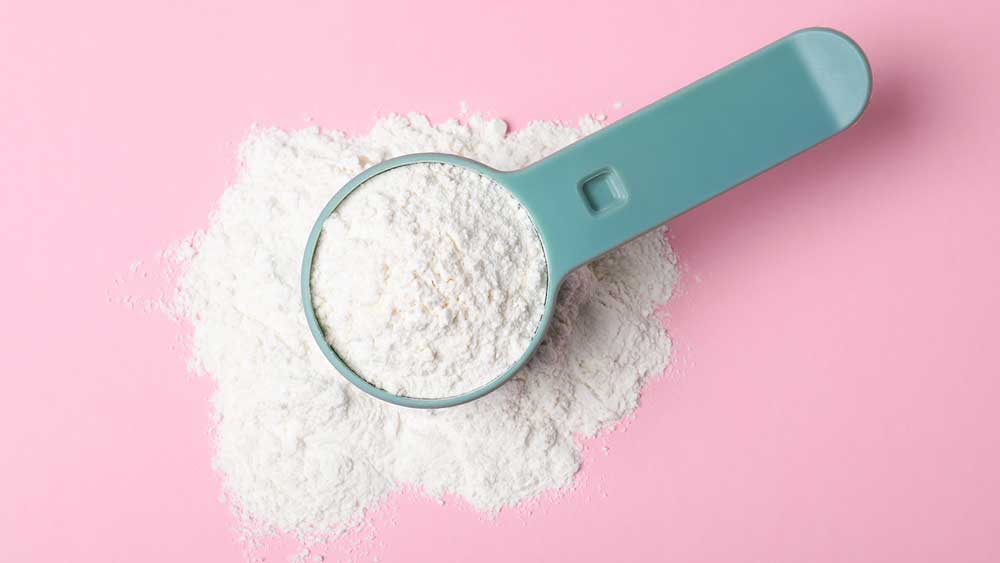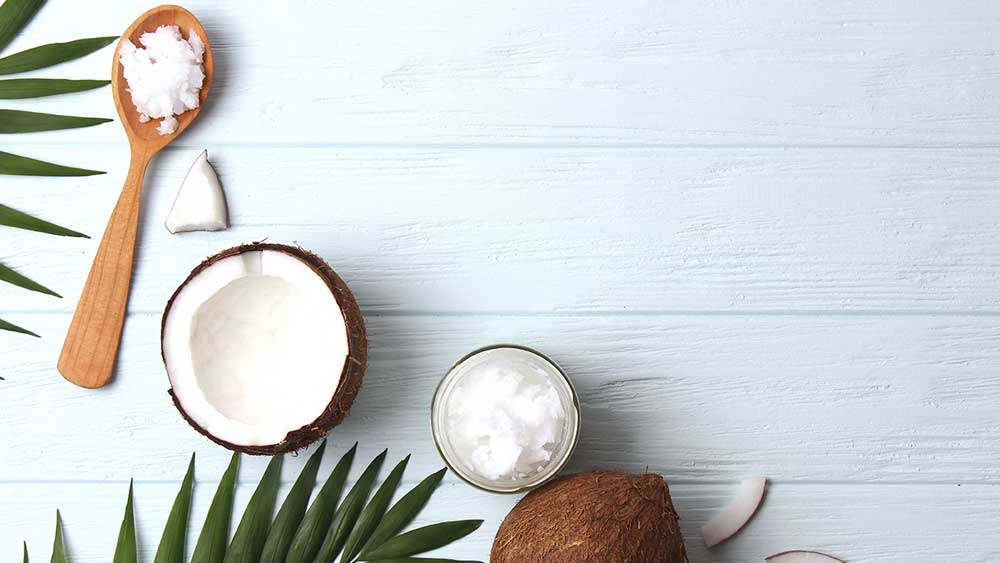
Quillaja Saponaria (soapbark) extract
- Pronunciation: (\kwi-ˈlā-yə\ \ˈsōp-ˌbärk\
- Type: Natural
- Other names: soapbark extract
What Is Quillaja Saponaria (soapbark) extract?

Quillaja saponaria extract (also spelled “quillaia”) is a dark brown liquid made from the logs and bark of the soapbark tree. Its tree bark produces chemicals called saponins that act as a natural ingredient
Soapbark has a sweet, pungent odor.[1] The word quillay is derived from the native Mapuche word quillean, which means “to wash.”[2] The soapbark tree is a large evergreen with shiny, leathery leaves and a thick bark. It is native to Chile. The wood for the extract is often obtained through regular pruning activities that improve forests without killing the trees.[3]
Characteristics of Quillaja Saponaria
Soapbark has been used for its medicinal properties for centuries, as well as a food additive and a pharmaceutical ingredient. Saponins stimulate the production of watery mucus, allowing for the removal of phlegm, making it useful for ocular and nasal absorption.
What Does Quillaja Saponaria (soapbark) extract Do in Our products?

Quillaja saponaria contains saponins, which are molecules with a distinctive foaming characteristic.[4] They foam considerably when shaken in water.[5] The extract is used as a food additive and flavoring agent in soft drinks (typically root beer and cream soda). With its variety of uses, there is no clinical evidence supporting a specific safe dosage of the ingredient. However, ingesting large amounts of quillaja bark can be dangerous.
It is also used as an emulsifier in baked goods, candies, frozen dairy products, gelatins, mayonnaise, puddings, and low-cholesterol dairy products.[6] Quillaija saponaria extract is also found in shampoo, lotion, conditioner, baby sap, facial cleanser and other products.[7] In our products, it is used as a moisturizer that keeps the skin soft and supple.
Skincare
Saponins have antibacterial and immunostimulating properties that make them effective skin cleansing agents. They also work to lower water's surface tension, allowing skin to better absorb ingredients. Saponins are often found in products that combat wrinkles and other signs of aging.
Haircare
Soapbark extract can be found in hair products as a cleansing agent, as well as a stimulant for hair growth. Its astringent and anti-inflammatory properties also help alleviate scalp issues such as dandruff and dryness.
Oral Care
The ingredient's cleansing properties can also be applied to dental products such as toothpaste. As a surfactant and emulsifier, it helps dissolve and distribute the paste around the mouth.
Other Applications
Quillaja saponaria can also be applied in the following ways.
- Cholesterol: Saponins have the ability to attach to a stomach's dietary fat, and people have applied the ingredient as a way to potentially help lower cholesterol.
- Bronchitis and Asthma: The ingredient has a good hepatoprotective effect, making it a potential way to help alleviate bronchitis and asthma.
- Vaccines: Saponins are used as adjuvants in a number of vaccines, including the COVID vaccine and first malaria vaccine.
How Quillaja Saponaria (soapbark) extract Is Made

Quillaja saponaria extract is produced by aqueous extraction of the milled inner bark or wood of stems and branches of the soapbark tree. After harvesting the logs and bark, the external part of the bark is removed. The inner bark is then treated with hot water to obtain the extract.[8]
One type of quillaja saponaria extract is treated with stabilizing agents and then filtered. The liquid is then concentrated via evaporation and sold; it can also be spray-dried and sold as a powder. A second type of quillaja saponaria extract is put through extra filtration, typically via activated charcoal, to remove unwanted solids.[9]
Common Concerns
- Cancer: low risk
- Allergies and Immunotoxicity: low risk
- Developmental and Reproductive Toxicity: low risk
- Use Restrictions: low risk
Is Quillaja Saponaria Safe?

Discover how safe this ingredient is, as well as its environmental impact.
Ingestion
Though the extract is safe when used as an ingredient in haircare and skincare products, it is toxic when ingested orally in large amounts. Due to its potential to cause stomach and intestinal problems, the ingredient is not recommended for use by those who are pregnant or breastfeeding. It can also adversely interact with certain medications or drugs, so always consult a doctor before you consider ingesting the ingredient.
Topical Application
The ingredient can be applied directly to the skin to help alleviate itchy scalp or athlete's food. However, some people can have immediate-type allergies to quillaja bark, so always consult a doctor before applying.
Environmental Impact
For decades, the tree's bark was overexploited, causing ecological damage and resource shortage, but this has been remedied by using the tree's entire wood, and not just the bark. Moreover, saponins are known to biodegrade quickly and cause little bioaccumulation.
Sources
[1] Environmental Protection Agency
[2] Food and Agriculture Organization of the United Nations
[3] Food and Agriculture Organization of the United Nations
[4] Cornell University College of Agriculture and Life Sciences
[5] Food and Agriculture Organization of the United Nations
[6] Environmental Protection Agency
[7] Environmental Working Group
[8] Food and Agriculture Organization of the United Nations
[9] Food and Agriculture Organization of the United Nations
[10] Environmental Protection Agency
[11] Food and Drug Administration
[12] Whole Foods Market
[13] Environmental Protection Agency


























